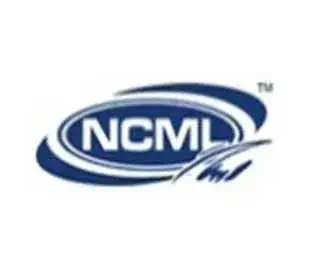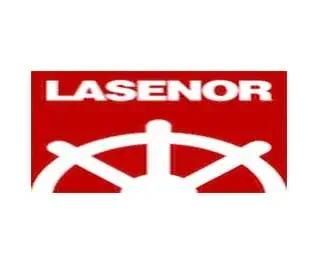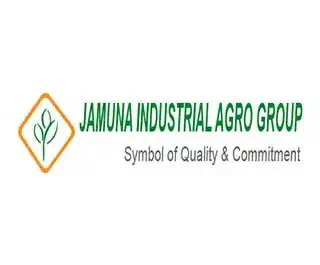Meal Cooling & Bagging
We believe in providing top quality workmanship and are so confident in our level of service that we back.
We believe in providing top quality workmanship and are so confident in our level of service that we back.
In a solvent extraction plant, cooling the meal is an important step that typically follows the desolventization process.Cooling reduces the temperature of the meal to ambient levels, making it easier to handle and store without risk of overheating nearby equipment or materials.
Meal Cooler is a vertical, cylindrical multi-compartment vessel designed for the efficient drying and cooling of feed meal to optimum atmospheric temperature. This cooler includes an agitator and air circulation system that consists of hot and cold air blowers, air cyclone, airlock, radiator and air ducting and fitted with a drive with gearbox and motor.
In a solvent extraction plant, after the meal (the solid residue left after oil extraction) has been processed through desolventization and cooling, the final step before storage or transport is typically meal bagging.
The primary purpose of meal bagging is to package the defatted meal in a convenient and safe manner for storage, transportation, and further processing. This process ensures that the meal remains protected from contamination and maintains its quality until it reaches its final destination, such as animal feed manufacturers or storage facilities.
Properly bagged meal ensures that it retains its nutritional value and meets quality standards throughout its handling and storage.

Strategies to ensure proactive domination. At the end of the day,User generated content in real-time will have multiple touchpoints for offshoring.























March 15, 2025
October 20, 2024
Discover some of the most asked questions regarding Meal Cooling & Bagging Plant.
The meal cooling and bagging plant cools the extracted meal (residue after solvent extraction) to a suitable temperature and packages it into bags for storage or further processing.
Cooling is necessary to stabilize the meal, prevent microbial growth, reduce the risk of spontaneous combustion, and make it easier to handle and package.
Common methods include air cooling systems, cooling conveyors, and fluidized bed coolers.
The cooling process is monitored using temperature sensors and control systems to ensure that the meal reaches the desired temperature uniformly.
Equipment typically includes automatic or semi-automatic bagging machines, conveyor systems, and sealing units.
Key considerations include maintaining proper hygiene, preventing contamination, ensuring uniform cooling, and avoiding mechanical damage to the meal.
Considerations include managing dust emissions, ensuring proper waste disposal, and maintaining efficient energy use in cooling systems.